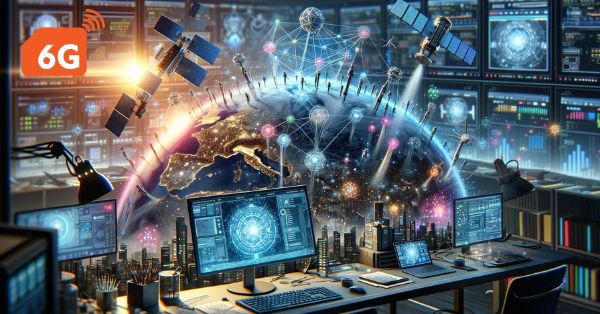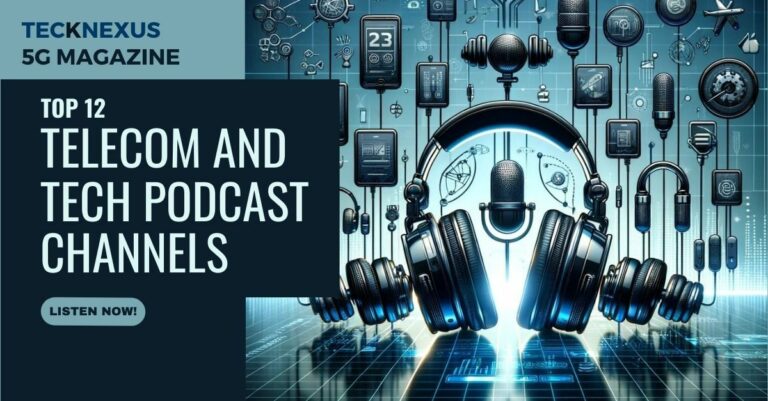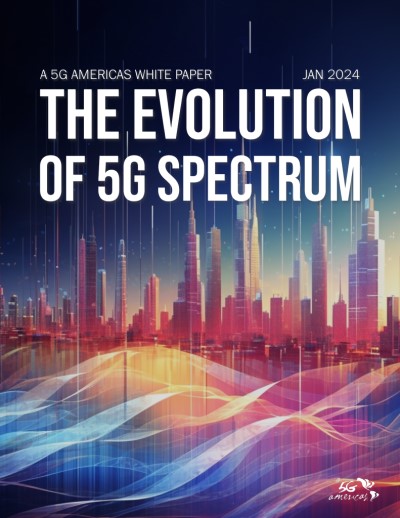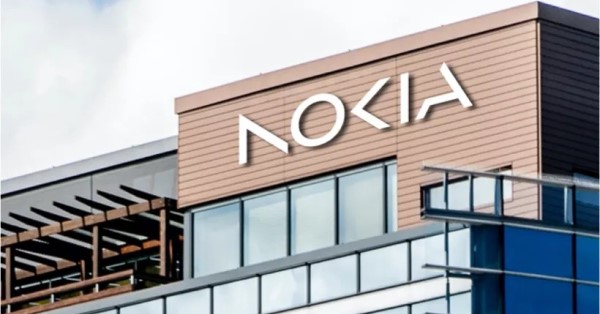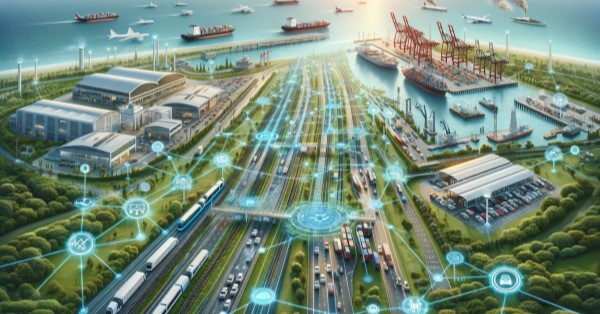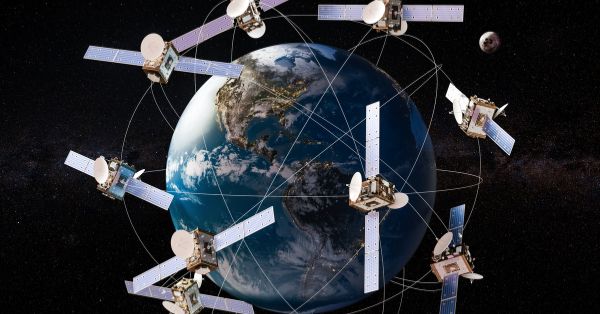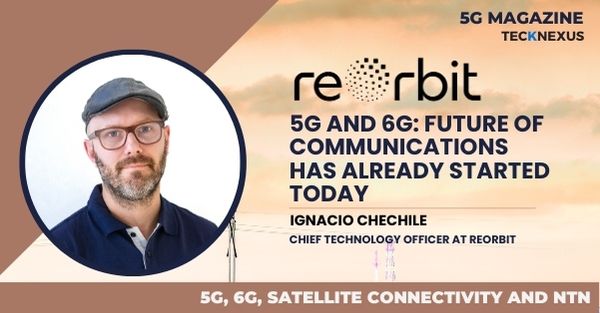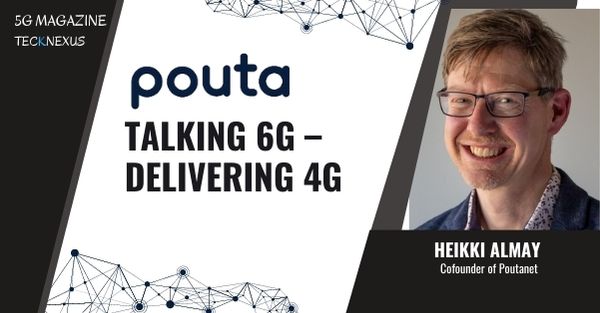Podcast
- April 22, 2024
Discover the latest shifts in the telecommunications landscape, from Casa Systems’ strategic bankruptcy and the DoD’s consideration of 3GHz spectrum release, to Airspan’s financial resurgence, Huawei’s robust earnings against Qualcomm, Jio’s milestone in 5G subscribers, and the repercussions of AT&T’s significant data breach. In this 187th episode of The G2 on 5G, we cover:
0. Intro
1. Casa Systems files for bankruptcy as it attempts to reorganize its 5G core, RAN and cable assets
2. Is the DoD preparing to release 3GHz spectrum for 5G or 6G applications?
3. Does Airspan’s reorgainztion breathe new life into the once high flying provider of Open RAN and small cell infrastructure?
4. Is Huawei on the road to recovery with its latest $99 Billion earnings? What does it mean for Qualcomm?
5. Reliance Jio hits 100 million 5G subs, will it double down on spectrum to maintain its lead?
6. AT&T data breach impacts 73M customers
1. Casa Systems files for bankruptcy as it attempts to reorganize its 5G core, RAN and cable assets
2. Is the DoD preparing to release 3GHz spectrum for 5G or 6G applications?
3. Does Airspan’s reorgainztion breathe new life into the once high flying provider of Open RAN and small cell infrastructure?
4. Is Huawei on the road to recovery with its latest $99 Billion earnings? What does it mean for Qualcomm?
5. Reliance Jio hits 100 million 5G subs, will it double down on spectrum to maintain its lead?
6. AT&T data breach impacts 73M customers
Podcast
- April 22, 2024
Discover the latest shifts in the telecommunications landscape, from Casa Systems’ strategic bankruptcy and the DoD’s consideration of 3GHz spectrum release, to Airspan’s financial resurgence, Huawei’s robust earnings against Qualcomm, Jio’s milestone in 5G subscribers, and the repercussions of AT&T’s significant data breach. In this 187th episode of The G2 on 5G, we cover:
0. Intro
1. Casa Systems files for bankruptcy as it attempts to reorganize its 5G core, RAN and cable assets
2. Is the DoD preparing to release 3GHz spectrum for 5G or 6G applications?
3. Does Airspan’s reorgainztion breathe new life into the once high flying provider of Open RAN and small cell infrastructure?
4. Is Huawei on the road to recovery with its latest $99 Billion earnings? What does it mean for Qualcomm?
5. Reliance Jio hits 100 million 5G subs, will it double down on spectrum to maintain its lead?
6. AT&T data breach impacts 73M customers
1. Casa Systems files for bankruptcy as it attempts to reorganize its 5G core, RAN and cable assets
2. Is the DoD preparing to release 3GHz spectrum for 5G or 6G applications?
3. Does Airspan’s reorgainztion breathe new life into the once high flying provider of Open RAN and small cell infrastructure?
4. Is Huawei on the road to recovery with its latest $99 Billion earnings? What does it mean for Qualcomm?
5. Reliance Jio hits 100 million 5G subs, will it double down on spectrum to maintain its lead?
6. AT&T data breach impacts 73M customers











